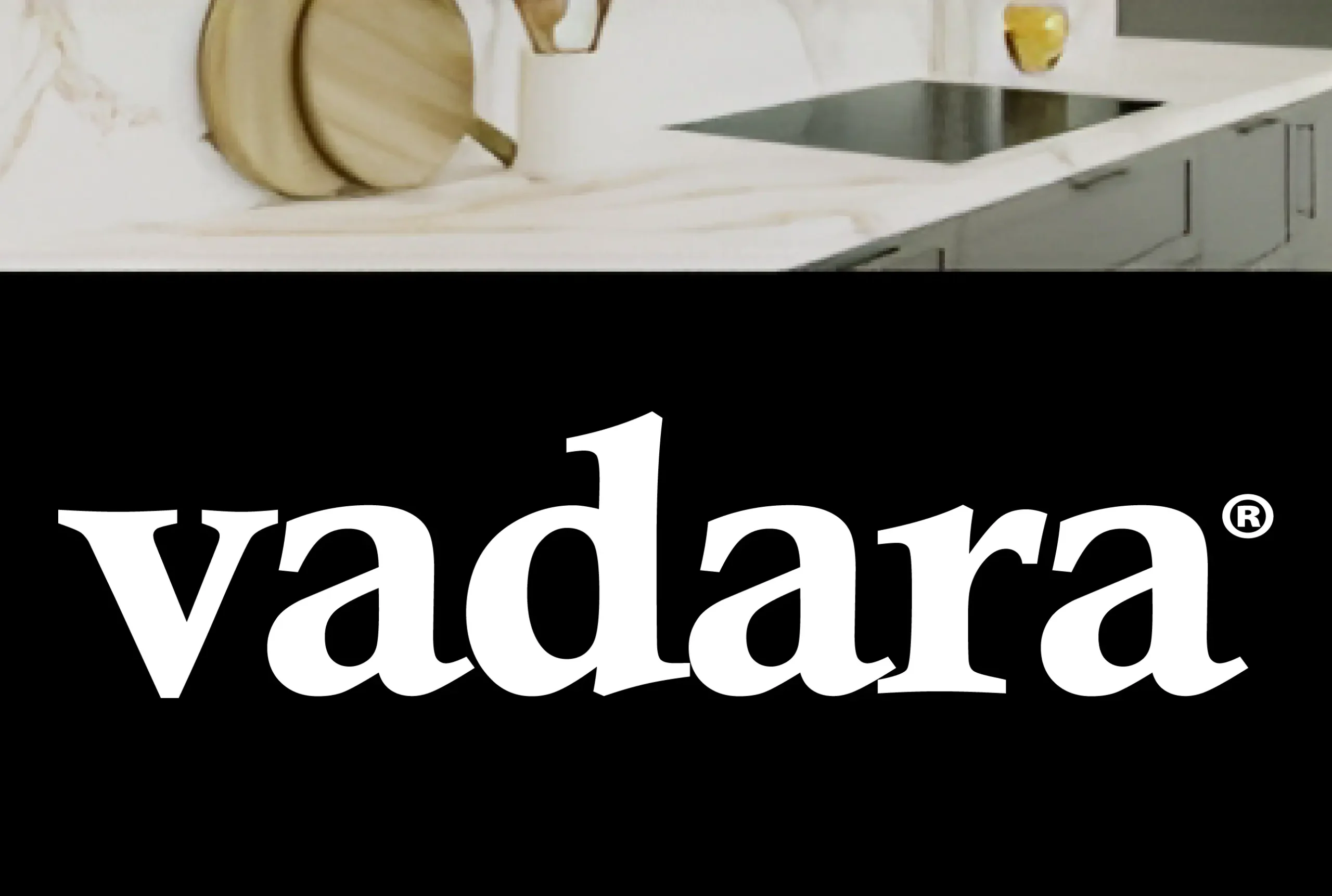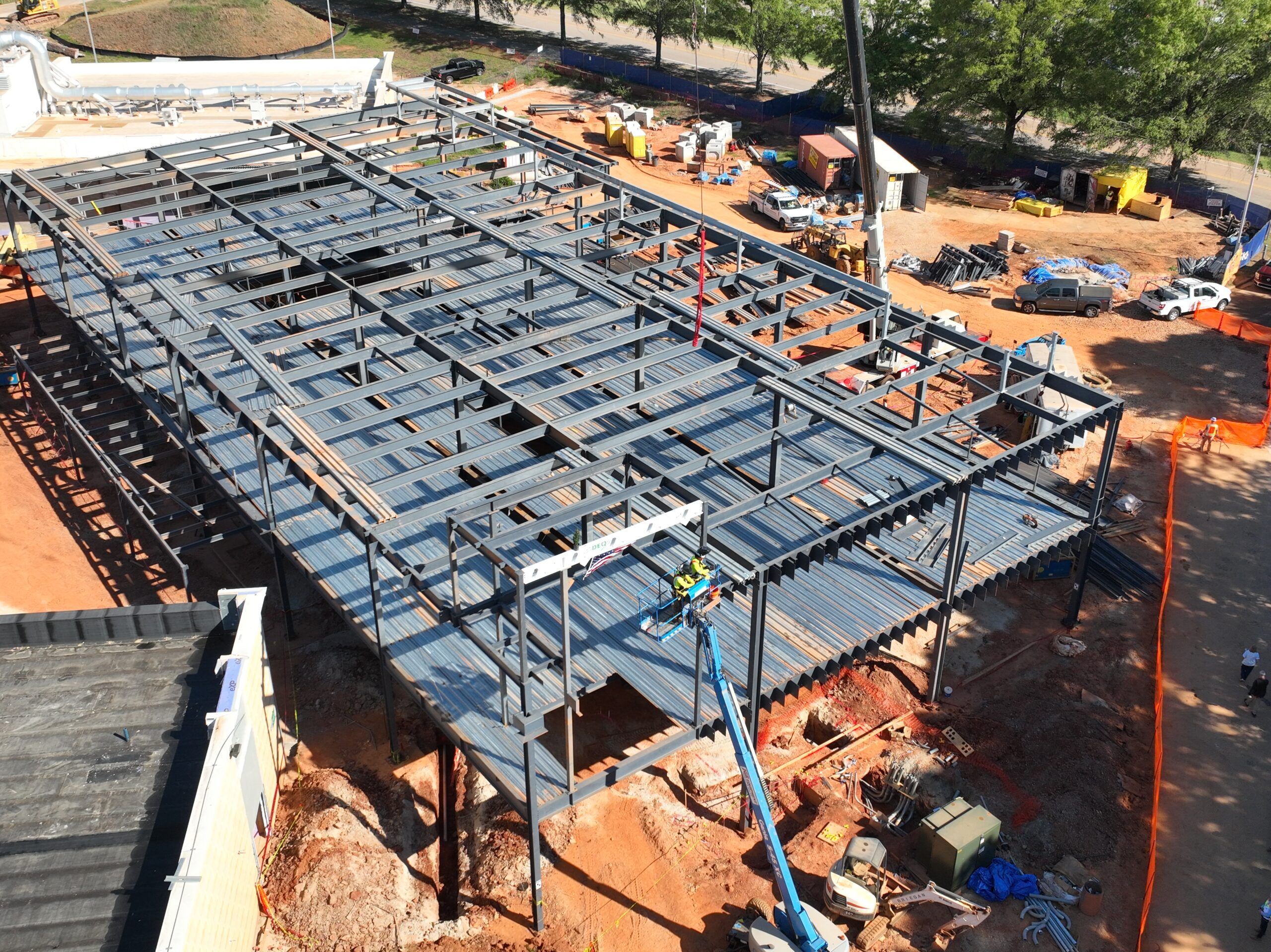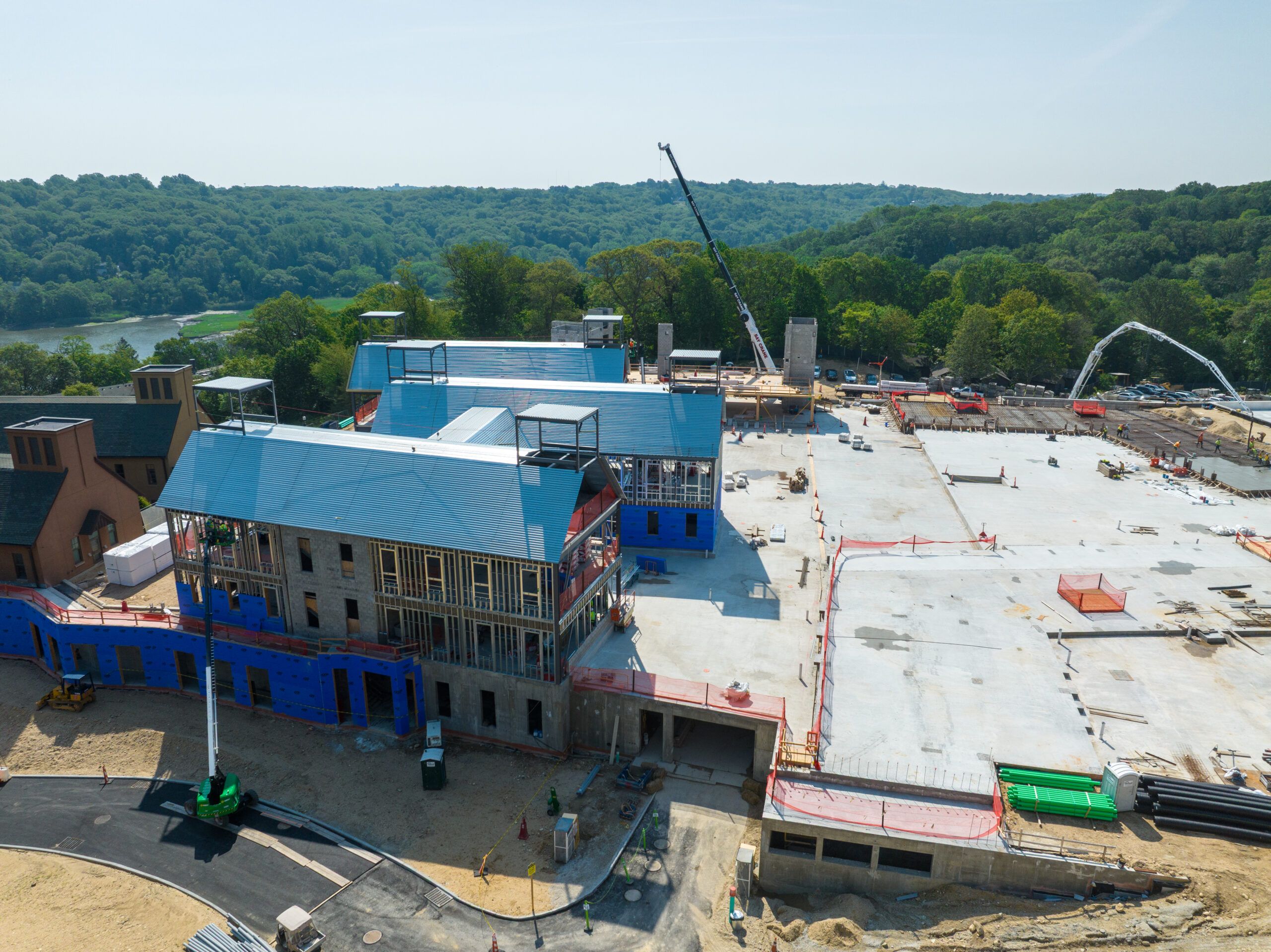Rising damp is a common issue in buildings, characterized by the upward movement of moisture through porous materials. This article explores the causes, including inadequate damp-proof courses and poor drainage, and examines the effects on structural integrity and indoor air quality. It also discusses diagnostic methods and offers solutions such as chemical damp-proofing, improved ventilation, and regular maintenance. Understanding these aspects is crucial for effective prevention and remediation, ensuring the longevity and safety of structures.
Section 1: Introduction to Rising Damp
Definition and Explanation of Rising Damp
Rising damp is a form of moisture intrusion that occurs when groundwater travels upward through the porous materials of a building, such as bricks, mortar, or stone. This capillary action is driven by the natural tendency of water to move from areas of high concentration to low concentration, often exacerbated by the absence or failure of a damp-proof course (DPC). Rising damp is typically identified by a tide mark on walls, peeling paint, or the presence of salt deposits. It is a common issue in older buildings where the original DPC has deteriorated or was never installed.
Historical Context and Prevalence in Buildings
Historically, rising damp has been a persistent problem, particularly in structures built before the 20th century when modern building regulations and materials were not in place. Many older buildings were constructed without a proper damp-proof course, making them susceptible to moisture ingress. In the past, the understanding of rising damp was limited, and solutions were often rudimentary or ineffective. The prevalence of rising damp is notably higher in regions with high water tables or where buildings are constructed on poorly drained land. As urban areas expanded, the issue became more pronounced, leading to increased awareness and the development of more effective remediation techniques.
Importance of Addressing Rising Damp Issues
Addressing rising damp is crucial for several reasons. Firstly, it can lead to significant structural damage over time, compromising the integrity of a building. The presence of moisture can weaken masonry, cause timber decay, and lead to the deterioration of plaster and paintwork. Secondly, rising damp can have adverse health effects on occupants, as it creates an environment conducive to mold growth, which can trigger respiratory issues and allergies. Furthermore, untreated rising damp can reduce the value of a property, making it less attractive to potential buyers. Therefore, early identification and remediation are essential to preserve the structural health of a building and ensure a safe and comfortable living environment.
Section 2: Causes of Rising Damp
Capillary Action and Moisture Movement
Rising damp is primarily driven by the natural process of capillary action, where moisture from the ground is drawn upwards through the porous materials of a building. This phenomenon occurs because water molecules are attracted to the surfaces of small pores within materials like brick, stone, or mortar.
As these materials are in contact with the ground, they act like a sponge, pulling moisture upwards against gravity. The extent of moisture movement depends on the size and distribution of the pores within the building materials, as well as the level of moisture present in the ground.
Common Sources of Moisture Ingress
Moisture ingress, or the entry of water into a building, can occur from various sources, contributing to rising damp. One common source is the presence of high water tables, where the natural level of groundwater is close to the surface, providing a constant supply of moisture. Poor drainage around the building can exacerbate this issue, as water accumulates near the foundation. Leaking pipes or gutters can also introduce additional moisture into the ground, increasing the risk of rising damp. In some cases, landscaping features such as flower beds or lawns that are positioned too close to the building can retain moisture and contribute to the problem.
Factors Contributing to Rising Damp
Building Materials
The type of materials used in construction plays a significant role in the occurrence of rising damp. Porous materials like brick, stone, and certain types of concrete are more susceptible to capillary action due to their ability to absorb and transport moisture. The age and condition of these materials can also influence their permeability; older or deteriorated materials may have increased porosity, allowing more moisture to rise.
Construction Methods
Construction methods and practices can significantly impact the likelihood of rising damp. Buildings without an effective damp-proof course (DPC) are particularly vulnerable. A DPC is a barrier, typically made of plastic, bitumen, or slate, installed at the base of walls to prevent moisture from rising. In older buildings, the absence or failure of a DPC is a common cause of rising damp. Inadequate or poorly installed DPCs can allow moisture to bypass the barrier, leading to damp issues. Furthermore, modern construction techniques that prioritize speed over quality may result in insufficient attention to moisture control measures, increasing the risk of rising damp.
Section 3: Effects of Rising Damp
Structural damage and integrity concerns
Rising damp can have significant implications for the structural integrity of a building. As moisture seeps into the walls, it can lead to the deterioration of building materials such as bricks, mortar, and plaster. Over time, this moisture can cause these materials to weaken and crumble, compromising the stability of the structure. The presence of water can also lead to the corrosion of metal components, such as wall ties and reinforcements, further undermining the building’s structural integrity. In severe cases, rising damp can result in structural failures, necessitating costly repairs and potentially posing safety risks to occupants.
Health implications for occupants
The presence of rising damp in a building can create an environment conducive to the growth of mold and mildew, which can have adverse health effects on occupants. Mold spores released into the air can trigger allergic reactions, respiratory issues, and other health problems, particularly in individuals with pre-existing conditions such as asthma or allergies. The damp environment can also attract pests such as dust mites, which can exacerbate these health issues. Prolonged exposure to a damp and moldy environment can lead to chronic health problems, making it essential to address rising damp promptly to ensure a healthy living environment.
Aesthetic and property value impacts
Rising damp can significantly affect the aesthetic appeal of a property. The moisture can cause unsightly stains and discoloration on walls and ceilings, as well as peeling paint and wallpaper. These visual signs of damage can detract from the overall appearance of a property, making it less attractive to potential buyers or tenants.
The presence of rising damp can also lead to unpleasant odors, further diminishing the property’s appeal. In terms of property value, the visible and structural damage caused by rising damp can reduce the market value of a property. Potential buyers may be deterred by the prospect of costly repairs and the associated health risks, leading to a decrease in demand and a lower selling price. Addressing rising damp is crucial to maintaining both the aesthetic appeal and market value of a property.
Section 4: Solutions and Prevention Strategies
Diagnosis and Assessment Techniques
Understanding the extent and source of rising damp is crucial for effective treatment. Diagnosis typically begins with a visual inspection, looking for telltale signs such as tide marks, peeling paint, or damp patches on walls. Moisture meters are often employed to measure the moisture content in walls, providing a quantitative assessment of dampness levels. Infrared thermography can also be used to detect temperature variations that may indicate moisture presence. In some cases, salt analysis is conducted to identify hygroscopic salts that are often associated with rising damp. A thorough assessment may also involve checking the condition of existing damp-proof courses (DPC) and evaluating the building’s drainage and ventilation systems.
Remedial Measures and Treatments
Once rising damp is diagnosed, several remedial measures can be implemented. The installation or repair of a damp-proof course is a common solution. This involves inserting a physical or chemical barrier to prevent moisture from rising through capillary action.
Chemical DPCs are injected into the walls to create a water-repellent barrier. In cases where the existing plaster is contaminated with salts, it may need to be removed and replaced with a salt-resistant plaster. Improving drainage around the building can also help, such as ensuring gutters and downpipes are functioning correctly and directing water away from the foundation. In some instances, the use of electro-osmotic systems, which use electrical currents to repel moisture, can be effective.
Preventive Strategies and Maintenance Practices
Preventing rising damp involves a combination of good building practices and regular maintenance. Ensuring that a proper damp-proof course is installed during construction is essential. Regular inspections and maintenance of the DPC can prevent future issues. Maintaining proper drainage around the building is crucial; this includes keeping gutters and downpipes clear of debris and ensuring that the ground slopes away from the building to prevent water pooling. Adequate ventilation is also important to reduce humidity levels inside the building, which can exacerbate damp problems. Installing air bricks or vents can help improve airflow. Regularly checking for and repairing any leaks in plumbing or roofing can prevent water ingress that might contribute to rising damp.











